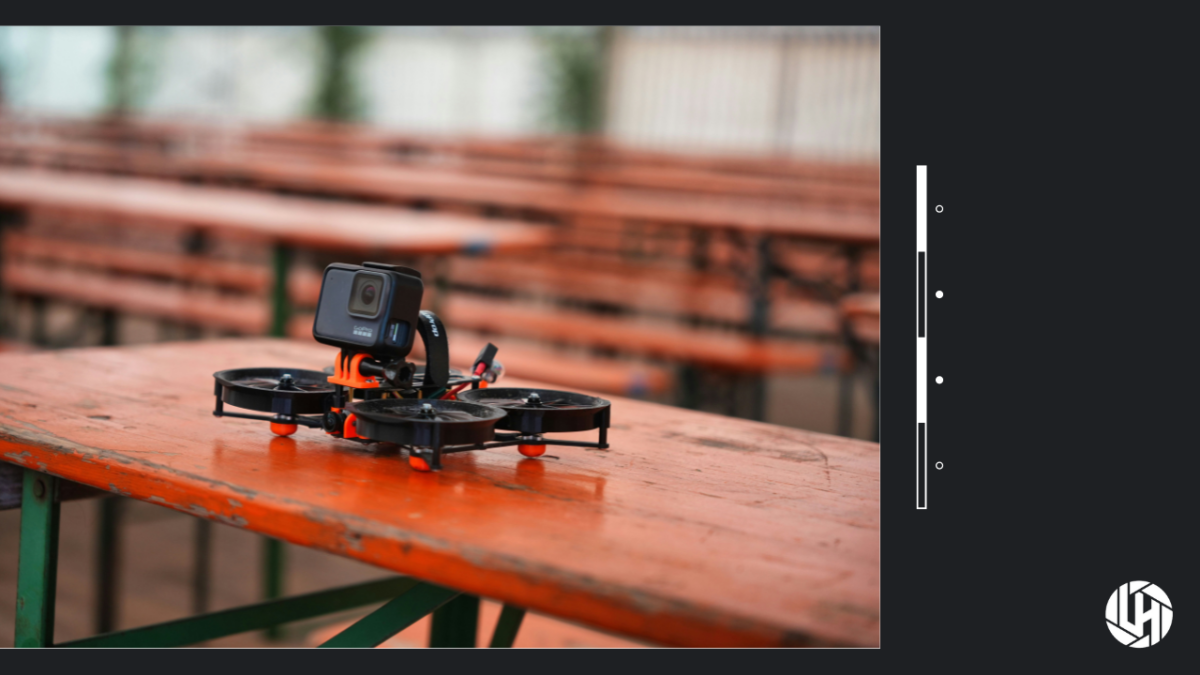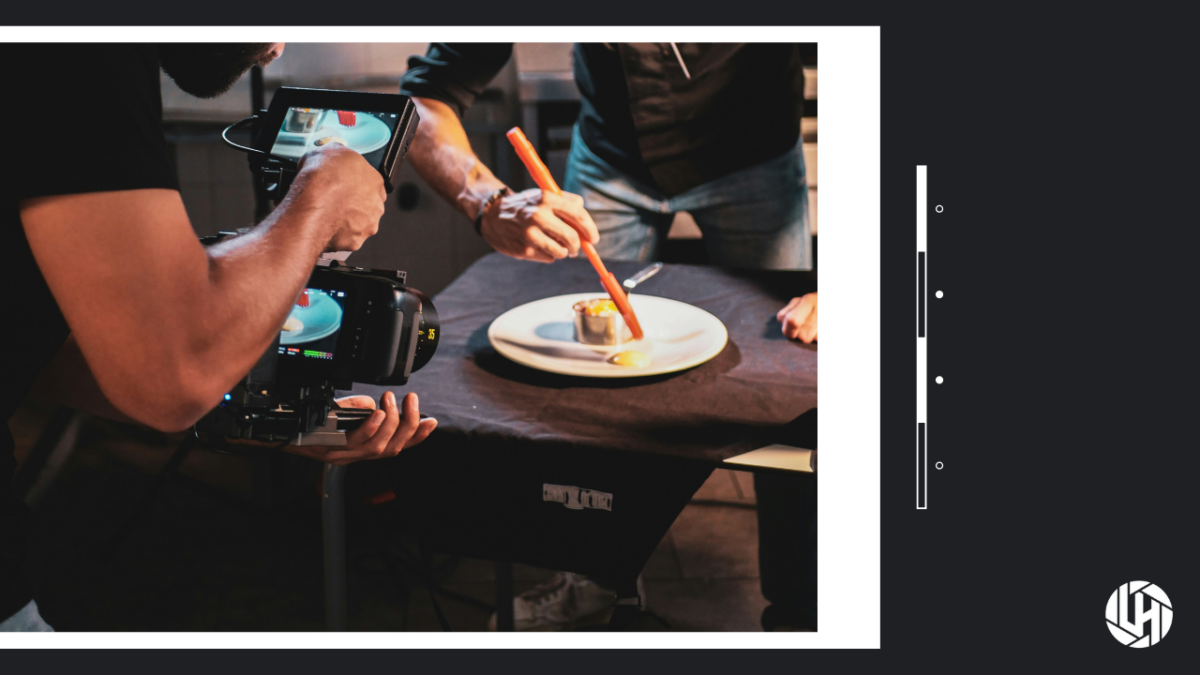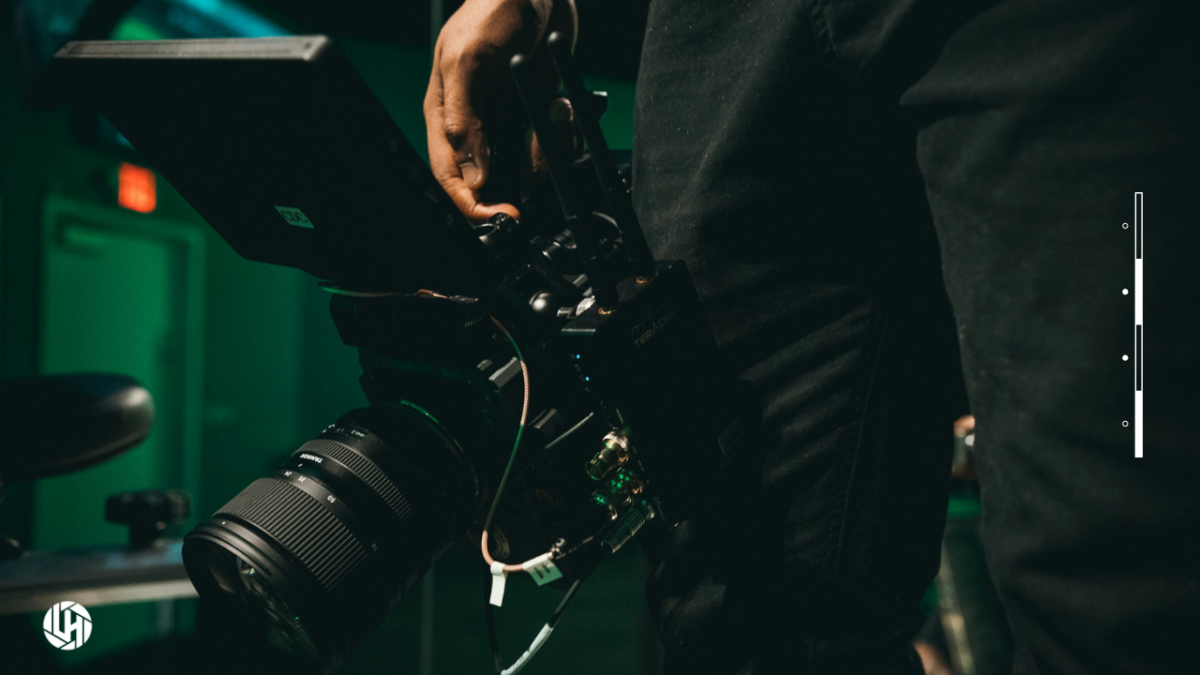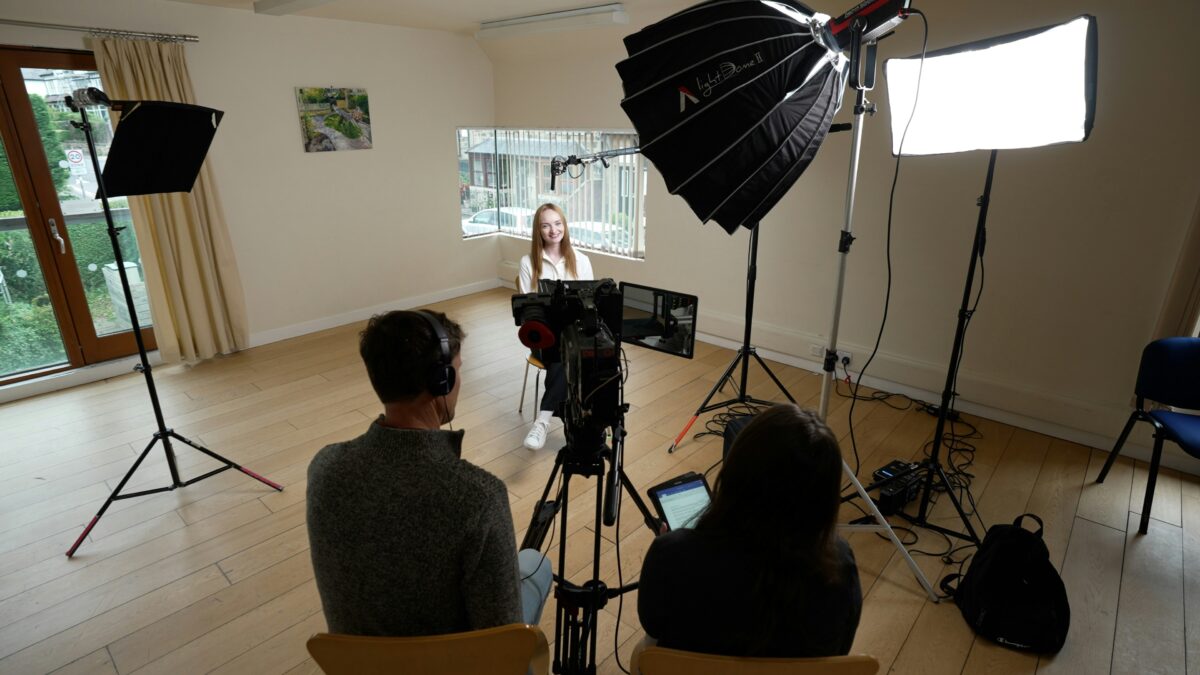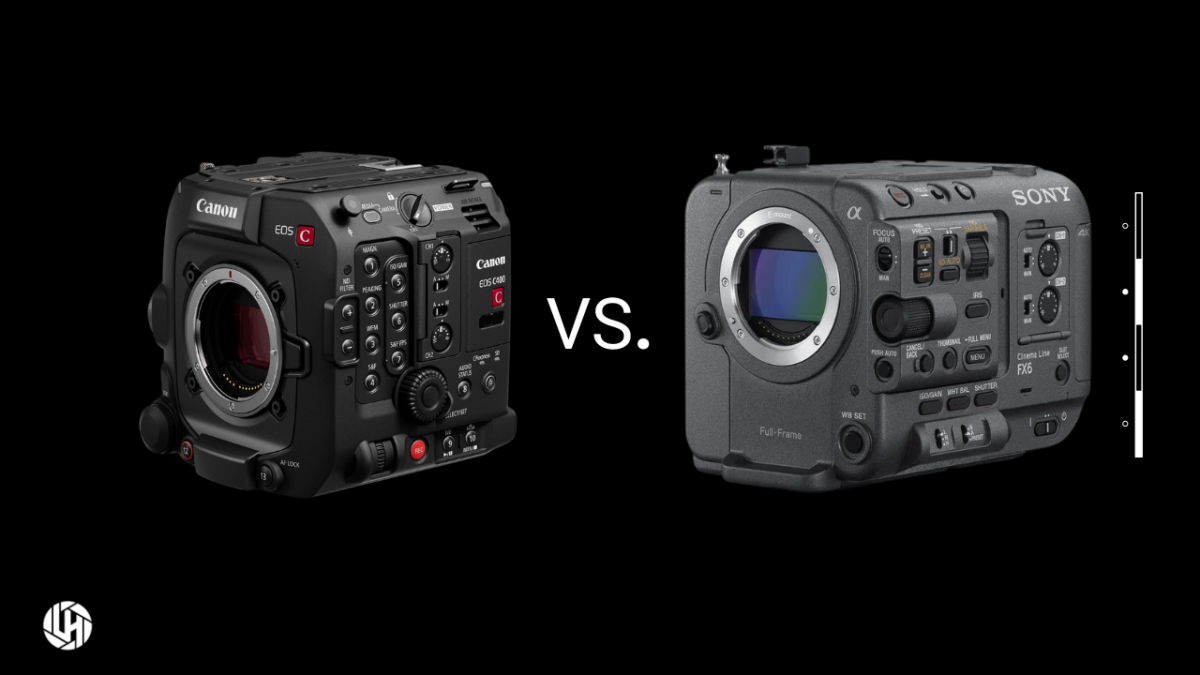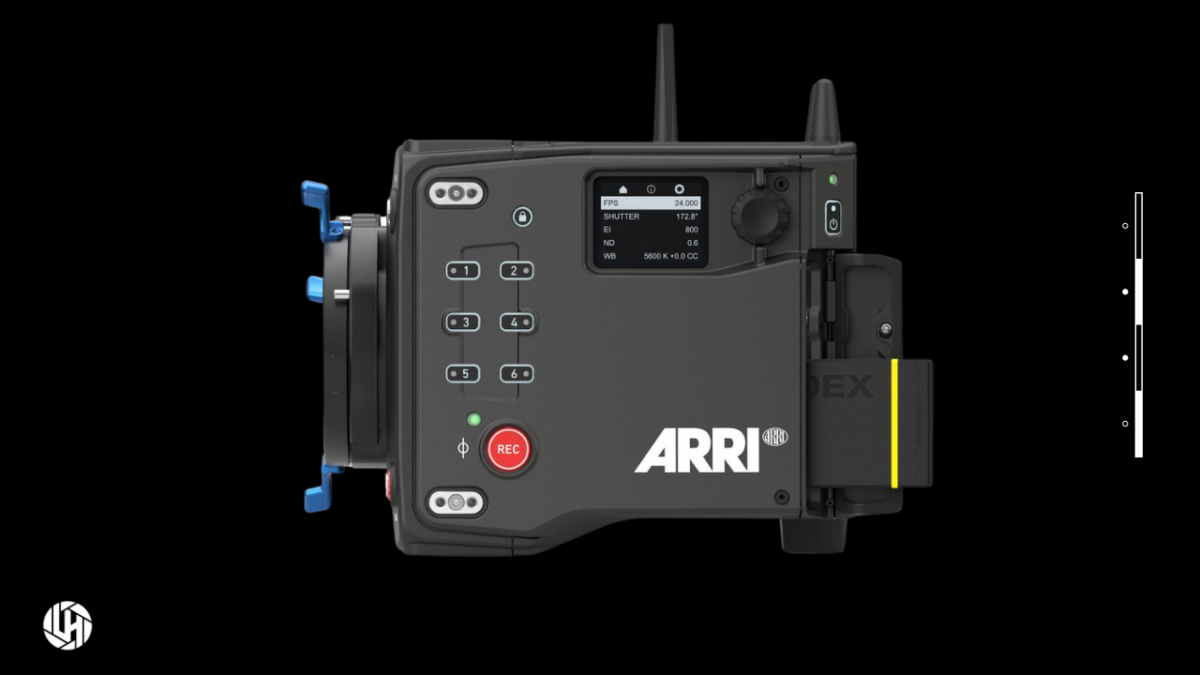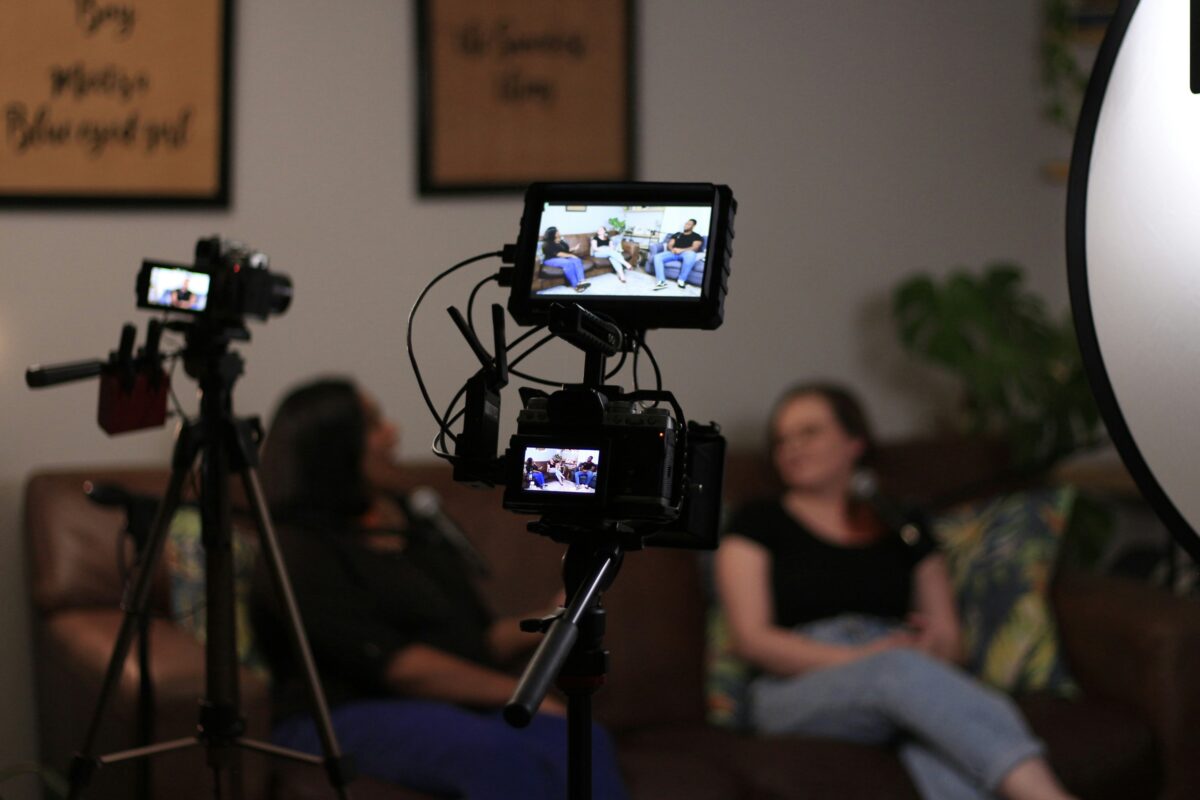Why Restaurants Should Embrace FPV Videography
lensheadmedia
on
June 12, 2025
In the crowded world of restaurant marketing, standing out is everything. With thousands of dining options competing for attention both online and offline, restaurants need more than just good food to stay memorable. One of the most exciting and effective tools in video marketing today is FPV videography and it’s quickly becoming a game-changer for restaurants looking to attract diners and create buzz.
FPV stands for “first-person view,” and unlike traditional drones, FPV drones give your audience a more immersive, cinematic experience. These drones are smaller, faster, and more agile, allowing filmmakers to glide through tight spaces, swoop through doorways, and capture sweeping indoor and outdoor shots in one continuous motion. For restaurants, this means the opportunity to create video content that feels more like a guided tour than a traditional commercial.
Give Viewers a Real Feel for the Space
One of the most powerful uses of FPV videography for restaurants is the ability to show off your interior in a way that photos simply cannot. Still images are great for capturing a beautifully plated dish or a design detail, but they fall short when it comes to delivering a sense of movement, energy, or flow.
With an FPV drone, potential guests can “walk” through your restaurant before they ever step inside. You can guide them from the front door through the dining room, showcase the kitchen in action, highlight your bar setup, and even cruise by a happy table enjoying their meal. It is like offering a one-minute virtual tour that helps set expectations and build trust with new guests. And in today’s competitive hospitality landscape, trust and transparency matter more than ever.
Show Your Neighborhood Connection
Another major advantage of drones and FPV Videography is the ability to show your restaurant in the context of its neighborhood. Rather than just filming inside your four walls, you can start your video outside on the street or above the building, then smoothly transition through the front door and into the heart of the restaurant.
This kind of visual storytelling not only looks impressive, it can also tell viewers something important. It shows them how easy it is to find your location, what kind of area you’re in, and what the vibe around your restaurant feels like. For out-of-town visitors or customers comparing options online, that can be a key deciding factor. You’re not just selling a meal, you’re selling an experience, and FPV drone content helps people see the full picture.
Create Social Content That Stands Out
We all know how fast people scroll on Instagram and TikTok. Standard food content is still valuable, but attention spans are shorter than ever. FPV drone videos cut through the noise by being unexpected, engaging, and full of motion. Whether you are showing a bartender mixing drinks, servers in action, or a full restaurant buzzing with energy, FPV video adds a layer of excitement that grabs attention right away.
That kind of high-energy footage works incredibly well for promotional teasers, new openings, event recaps, or even just building hype on your busiest nights. It also plays well across multiple platforms from website headers and email campaigns to reels and ads.
Versatile, Modern, and Memorable
At the end of the day, restaurant marketing is about creating a feeling. You want people to imagine what it is like to sit at your bar, to enjoy a dish fresh out of the kitchen, or to spend time in your space with friends. FPV videography lets you capture that feeling in motion. It’s modern, versatile, and delivers the kind of immersive experience that makes a lasting impression.
If your restaurant is looking for a fresh way to show off your space, connect with your neighborhood, and create high-performing social content, FPV drone video is the tool you need. It is more than just cool footage it’s a strategic way to bring your story to life.
Looking to get started? Contact us today to learn more!
